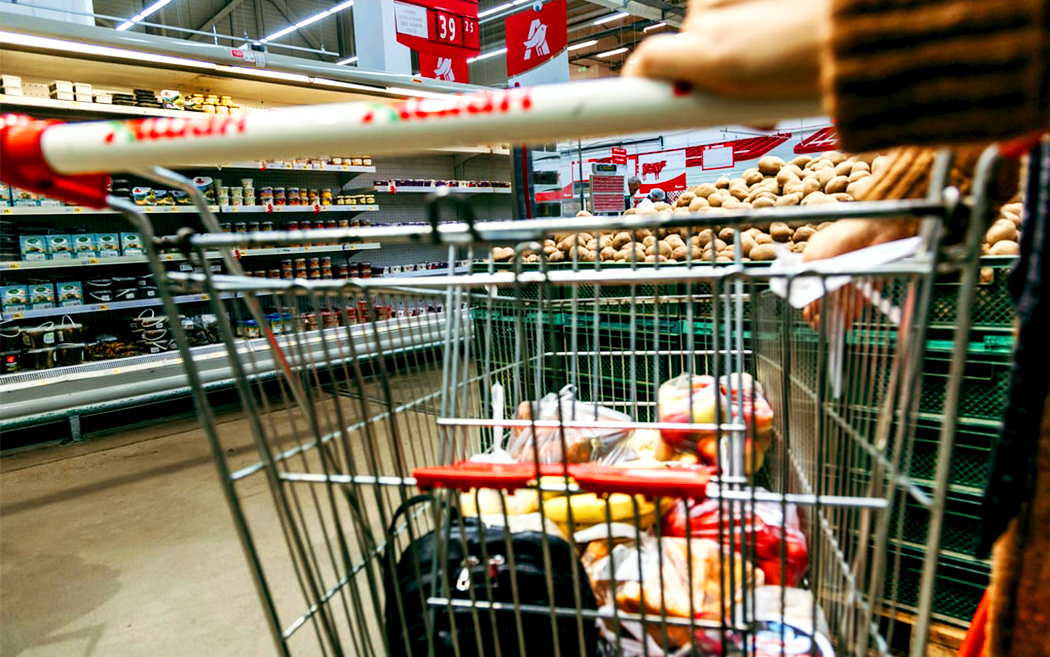Private Labels: Finding their seat at the table

Private labels are nowhere near a new addition to grocery shelves. But with COVID-19 causing an influx of panic-buying and low stock, many consumers have had to purchase store brand products for the first time. And, well, some may never go back to national brands.
The current pandemic has completely upended consumer behaviors. Six months ago, brands had to cater to an endless laundry list of consumer interests to get their products noticed. Whether that was highlighting their ingredients, or clean labeling, or their low price – capturing a specific customer’s attention took a lot of work. Now, times are much different. Depending on the category, products are flying off the shelves regardless of brand, price, or previously perceived quality.
However, as things start to settle down, and new consumer behaviors start to emerge, how will private labels fare? Well, according to recent studies, store brand products may have found their seat at the table in our “new normal”.
First-Time Buyers Club
For the first time in recent history, grocery stores have been consistently depleted of stock for many essential items. Towards the beginning of the current pandemic, panic buying caused consumers to flock to stores in record numbers to stock-up on items like never before. Although the first products to go were those of national brands, many private label products were also quickly sold out. Consumers could not care less about the label; they just need the product.
According to Nielsen data presented in a recent CNN article, private-brand sales grew 29% in the past few months – whereas national brand sales only grew 24%. And around a quarter of consumers tried private label products for the first time, and of those 30% stated they will most likely stick with them.
Customers are just looking for products that are in stock. Which means they may buy brands that they typically would not. And now that consumer’s stockpiles are decreasing, they are heading back to grocery stores and may now favor private brands over their traditional national brand products.
You got their attention – now how do you keep it?
Within some categories, private labels are doing well. Consumers are more open than ever to try new brands. But as we settle into a new normal, how can private brands continue to appeal to customers? By building value with customers, plain and simple.
According to Storebrands, “[M]ore than simply being the last item on the shelf, private brands are continuing to have a moment because in a beaten-down economy, shoppers are looking for value. And the reason consumers stick around is product quality.” Highlighting value is going to be an essential marketing strategy for private labels going forward. Typically, private brand products are the lower-priced option, which consumers used to associate with lower quality. However, now that customers who have taken this opportunity to try these products for the first time now see that is not necessarily true. In fact, private label products often exceed quality standards when compared to national brands. (For more information on this, please read our previous blog Minding the Gap: Tackling Perception by Highlight Quality)
As time goes on, new consumer trends will start to emerge. But one thing is clear, we will not be returning to our previous status quo. And as scary as that may be, it actually is a great opportunity for brands to reconsider their marketing strategies. Now is the time to start rebuilding and strengthening relationships with customers through value-driven messaging.
